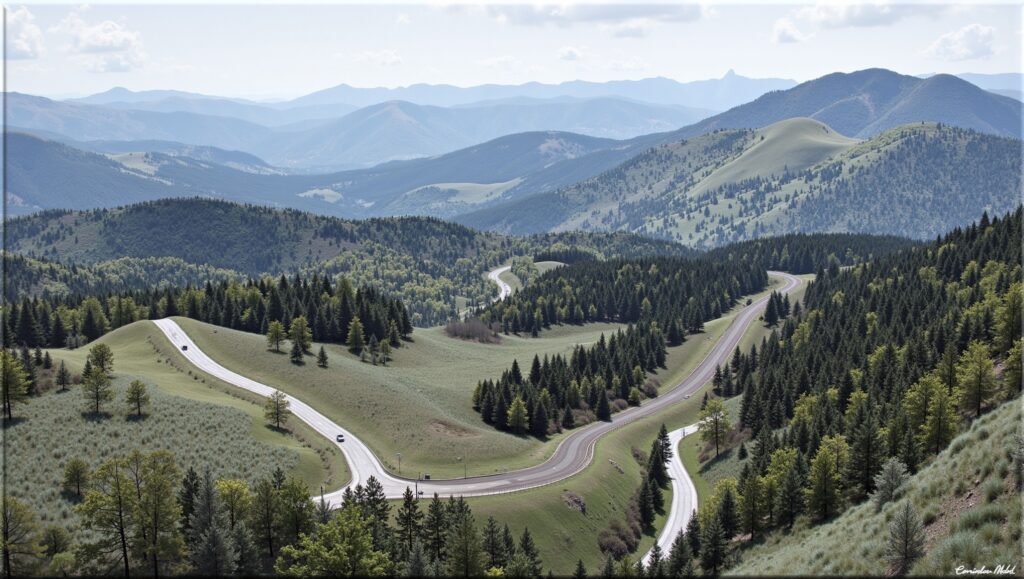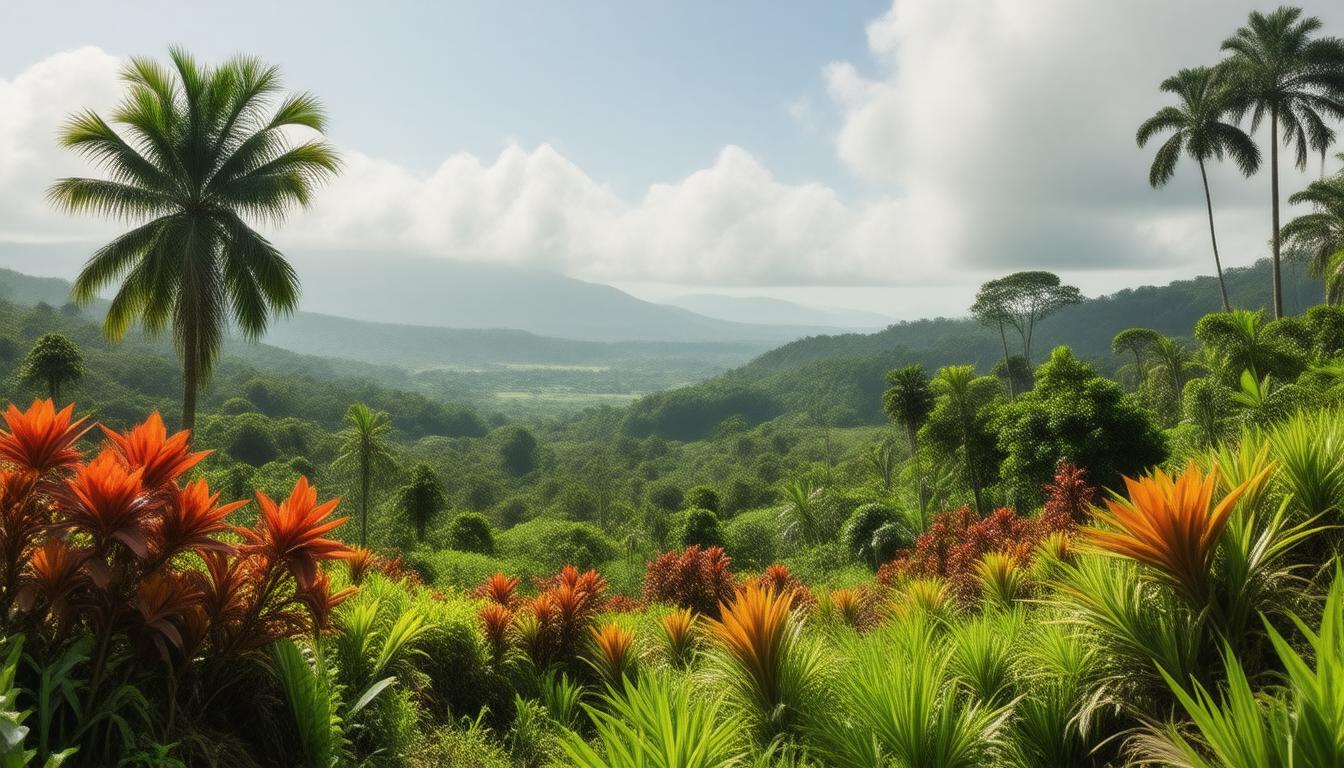Investing in real estate has long been regarded as a reliable strategy for building wealth, and one hot spot that continues to attract savvy investors is Costa Rica.
With breathtaking landscapes and a stable economy, Costa Rica land banking presents a unique opportunity for both domestic and foreign investors aiming to capitalize on the potential of this vibrant market.
This article will explore the ins and outs of Costa Rica land banking, providing insights into the current real estate market, the long-term financial benefits, important environmental and regulatory considerations, and practical steps to get started.
We will also share inspiring success stories from investors who have thrived in Costa Rica’s land banking arena.

Key Takeaways
- Costa Rica land banking offers a strategic investment opportunity for building long-term wealth.
- The current real estate market in Costa Rica shows promising growth potential for land investments.
- Investing in land banking can yield significant long-term financial returns and appreciation.
- Environmental and regulatory factors play a crucial role in successful land banking strategies in Costa Rica.
- Real-life success stories highlight the lucrative possibilities of investing in Costa Rica land banking.
Understanding Costa Rica Land Banking
Costa Rica land banking is an emerging trend in real estate investing that has garnered considerable attention from both local and international investors.
Essentially, land banking involves purchasing parcels of land with the expectation that their value will appreciate over time, providing substantial returns on investment.
In Costa Rica, this strategy is particularly appealing due to the country’s steady growth in tourism, a stable political environment, and an increasing demand for residential and commercial properties.
Investors often look for affordable plots in up-and-coming areas, banking on the nation’s developing infrastructure and eco-friendly initiatives to boost land values.
Understanding the nuances of Costa Rica land banking can help potential buyers make informed decisions, whether they plan to hold the land for future resale or develop it into eco-friendly vacation homes, condos, or sustainable agricultural projects.
With careful research and strategic planning, land banking in Costa Rica can be a lucrative avenue for those looking to build their real estate portfolio.
The Current Real Estate Market in Costa Rica
The current real estate market in Costa Rica is experiencing a dynamic shift, attracting both local and international investors eager to tap into its potential.
One intriguing strategy that has gained traction is Costa Rica land banking, where investors purchase land with the expectation that its value will increase over time, making it a lucrative long-term investment.
This approach is particularly appealing due to Costa Rica’s stable political climate, growing economy, and burgeoning tourism industry, which all contribute to rising property values.
Furthermore, the country’s breathtaking natural landscapes and commitment to environmental sustainability make it an attractive destination for expats and second-home buyers.
As demand for real estate continues to rise, those considering Costa Rica land banking can find promising opportunities in both coastal and inland regions, further enhancing the allure of this Central American paradise.
‘In investing, what is comfortable is rarely profitable.’ – Robert Arnott

Long-Term Financial Benefits of Land Banking
One of the most attractive aspects of investing in Costa Rica land banking is the potential for long-term financial benefits.
Land banking refers to the practice of acquiring and holding onto parcels of land with the expectation that their value will appreciate over time.
In Costa Rica, this can be particularly lucrative due to a booming real estate market driven by foreign investment and increasing tourism.
As the economy grows and infrastructure improves, areas once considered remote can rapidly transform into hotspots for development, significantly enhancing property values.
Moreover, Costa Rica’s reputation as a premier vacation destination and its stable political climate further bolster confidence in real estate investments.
By strategically selecting locations for land banking, investors can take advantage of these trends, capitalizing on the inevitable rise in land prices while enjoying potential tax benefits and the ability to leverage their investment for future projects.
Thus, the long-term financial benefits of Costa Rica land banking make it a compelling option for savvy investors looking to diversify their portfolios.
Environmental and Regulatory Considerations
When it comes to Costa Rica land banking, it is essential to understand the environmental and regulatory considerations that can significantly influence your investment.
Costa Rica is renowned for its commitment to sustainability and conservation, with a substantial percentage of the country dedicated to national parks and protected areas.
As a prospective investor, it is crucial to assess the environmental impact of any land purchase and to ensure compliance with local regulations surrounding land use and development.
Moreover, the Costa Rican government regulates land transactions to preserve the ecological balance; thus, investors should familiarize themselves with zoning laws, environmental assessments, and potential restrictions on construction.
Navigating these regulations not only protects the pristine environment of Costa Rica but also enhances the long-term value and desirability of land banking options in this beautiful country.

How to Start Investing in Costa Rica Land Banking
Investing in Costa Rica land banking can be a lucrative venture for both seasoned investors and newcomers to real estate.
To get started, it’s important to understand what land banking entails.
Essentially, Costa Rica land banking involves purchasing undeveloped properties with the intention of holding them for future appreciation, often due to anticipated developments or increasing demand in the area.
First, familiarize yourself with the country’s real estate market by researching popular regions known for growth potential, such as Guanacaste or the Central Valley.
Connecting with local real estate agents who specialize in land banking can provide valuable insights and access to listings that may not be widely advertised.
Additionally, it’s crucial to conduct due diligence on the property, including zoning regulations and future city planning, to ensure that your investment aligns with your financial goals.
Lastly, consider the legalities involved in foreign investment in Costa Rica; understanding property laws and working with a qualified attorney will help protect your investment and pave the way for a successful entry into Costa Rica land banking.
Success Stories: Investors Who Thrived in Costa Rica
Investing in Costa Rica land banking has proven to be a lucrative opportunity for many investors over the years, contributing to the growing appeal of the Costa Rica real estate market.
One notable success story involves a couple from California who discovered Costa Rica during a vacation.
Intrigued by the natural beauty and vibrant culture, they decided to invest in parcels of undeveloped land in the Nicoya Peninsula.
Over time, their investment not only provided a stunning vacation retreat but also appreciated significantly in value, offering them a substantial return on investment when they chose to sell some plots to developers looking to build eco-friendly communities.
Similarly, a retiree from New York invested in a small piece of land outside of Atenas, drawn by the region’s reputation for excellent weather and a friendly expat community.
After one year, he witnessed his property double in value as the demand for housing in the area surged, driven by both locals and retirees seeking a peaceful lifestyle.
These success stories underline the potential of Costa Rica land banking, making it a strategic choice for those looking to grow their wealth in a dynamic and picturesque environment.
Frequently Asked Questions
What is Costa Rica land banking?
Costa Rica land banking involves purchasing land in areas of potential growth, allowing investors to hold onto the property until its value appreciates over time.
What are the current trends in the Costa Rican real estate market?
The current real estate market in Costa Rica shows an increasing interest among foreign investors, with favorable conditions for land banking due to tourism growth and infrastructure development.
What long-term financial benefits can I expect from investing in land banking?
Investing in Costa Rica land banking can yield significant long-term financial benefits, including property appreciation, potential rental income, and diversification of your investment portfolio.
Are there environmental or regulatory considerations I should be aware of?
Yes, it’s important to understand the local zoning laws, environmental protections, and regulations that may affect land use and development in Costa Rica.
How can I get started with investing in Costa Rica land banking?
To get started, research areas with growth potential, connect with local real estate experts, and consider starting with smaller parcels of land before expanding your portfolio.





